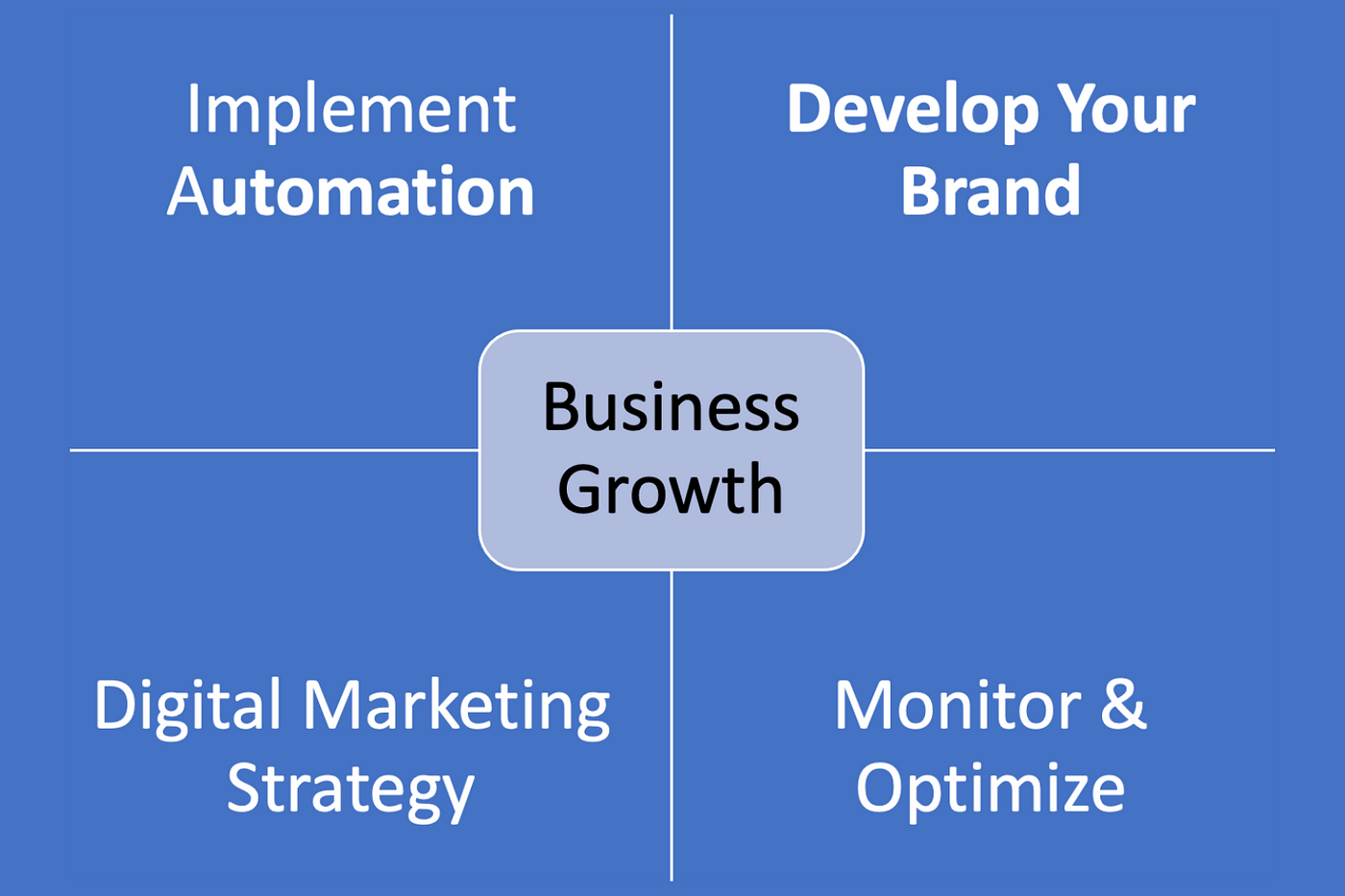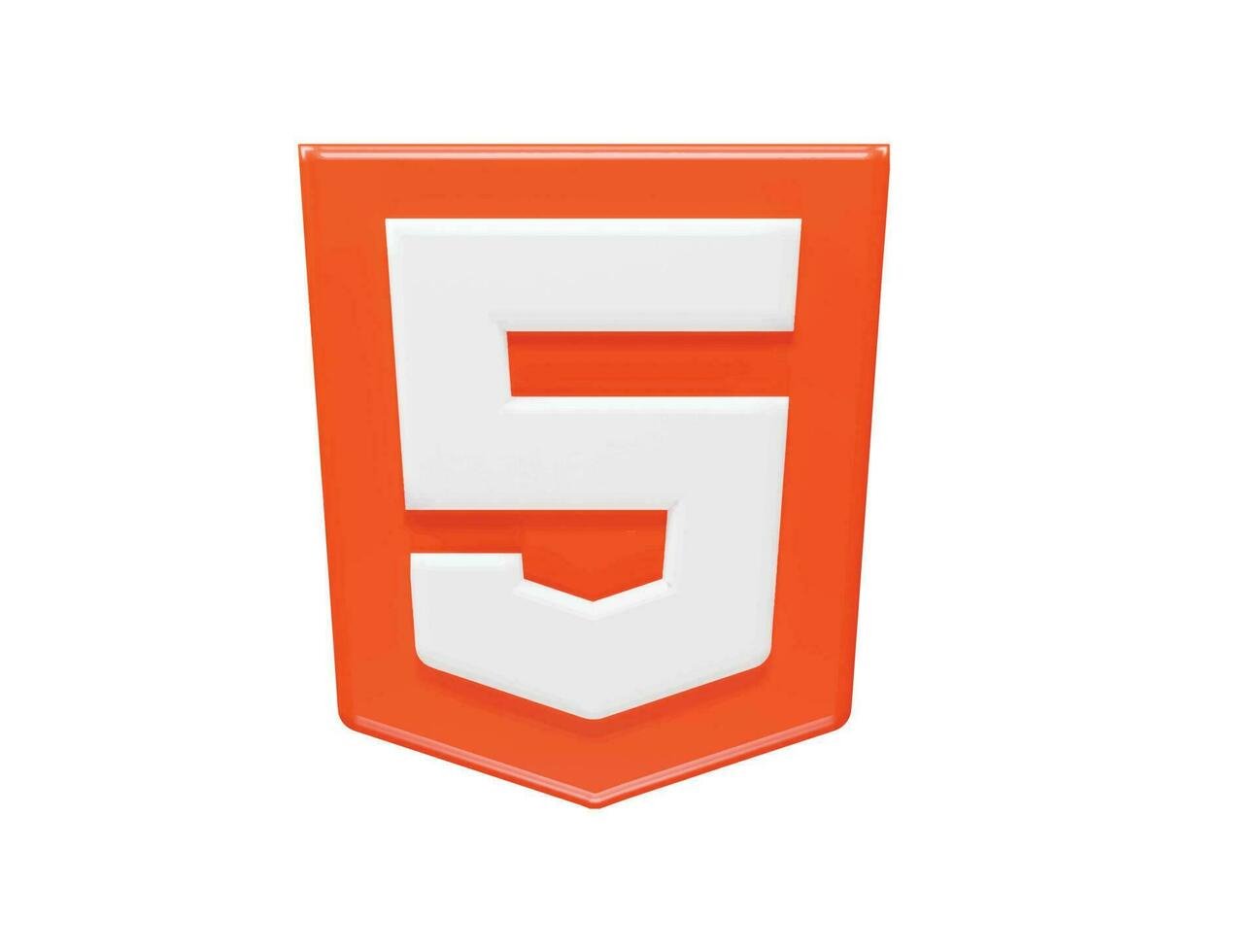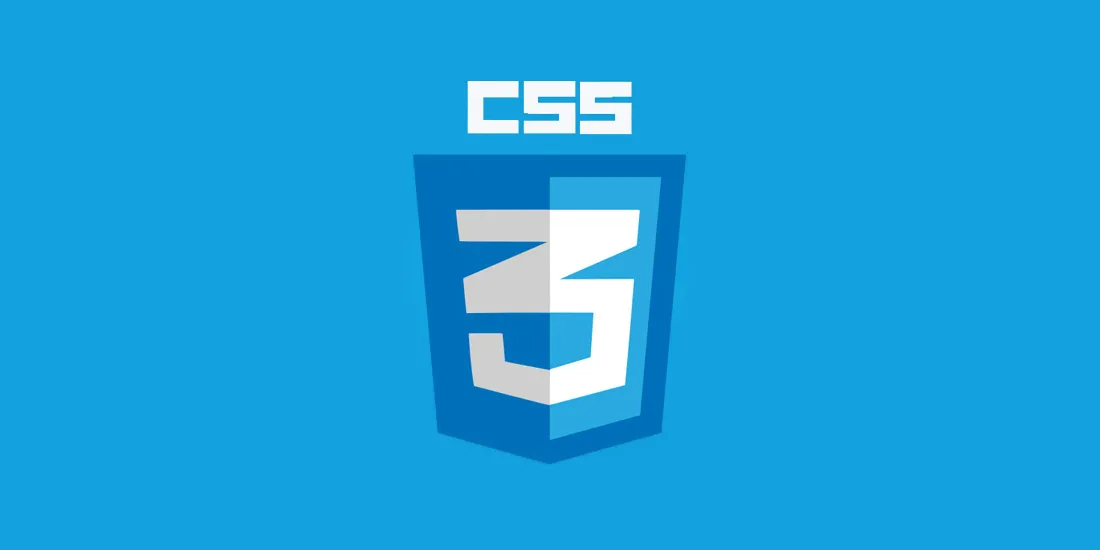Introduction to Python

Python is a powerful, versatile, and beginner-friendly programming language known for its simplicity and readability. Created by Guido van Rossum in 1991, Python has become one of the most popular languages for software development, data analysis, artificial intelligence, web development, automation, and more.
Key Features of Python:
- Simple Syntax: Python’s syntax is clean and easy to read, making it a great choice for beginners.
- Interpreted: Python is an interpreted language, which means you can execute code line by line without needing to compile it.
- Dynamic Typing: Python does not require explicit declaration of variable types, as they are inferred at runtime.
- Extensive Libraries: Python has a vast standard library and an active ecosystem of third-party packages for various applications.
- Cross-Platform: Python works on Windows, macOS, Linux, and many other platforms.
- Open Source: Python is free to use and distribute, with a strong, collaborative community supporting it.
Hello World in Python:
The classic first program is straightforward in Python:
print("Hello, World!")
Common Uses of Python:
-
Web Development: Frameworks like Flask and Django simplify building web applications.
-
Data Science & Machine Learning: Libraries like NumPy, pandas, TensorFlow, and scikit-learn make Python a favorite in these fields.
-
Automation: Automating repetitive tasks is easy with tools like
osandshutil. -
Scripting: Python is great for writing scripts to perform simple or complex tasks.
-
Game Development: Libraries like Pygame allow developers to create games.
-
IoT & Robotics: Python is used in Raspberry Pi projects and robotics programming.
Learning Python:
- Interactive Mode: Run
pythonin your terminal and execute commands interactively. - IDEs: Use tools like PyCharm, VSCode, or Jupyter Notebook to write and test code.
- Online Platforms: Websites like Codecademy, freeCodeCamp, and Python.org offer excellent tutorials.
Would you like help setting up Python, understanding a specific concept, or starting a project?






